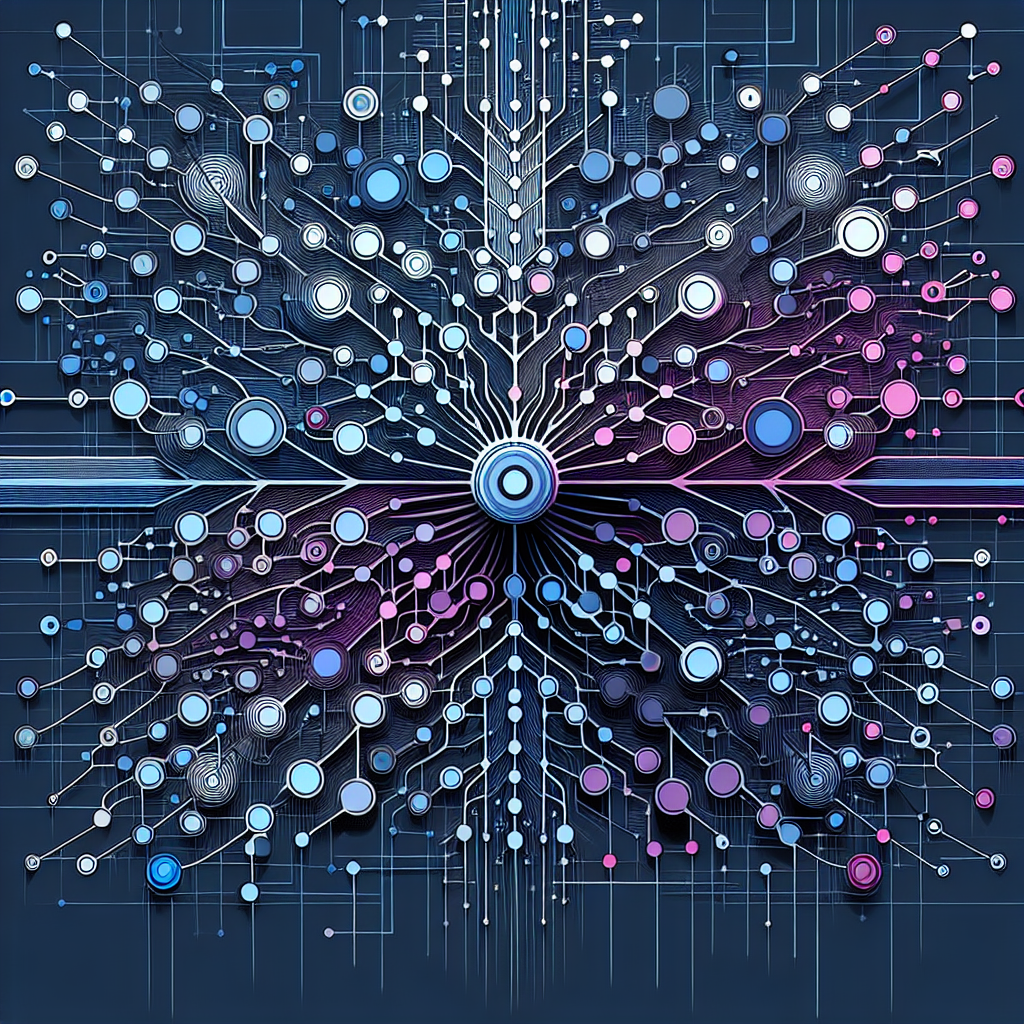Your cart is currently empty!
A Closer Look at the Architecture of Deep Neural Networks

Deep neural networks have become increasingly popular in recent years due to their ability to learn complex patterns and make accurate predictions from large amounts of data. These networks are modeled after the human brain and consist of layers of interconnected nodes that process and analyze information.
One of the key components of deep neural networks is their architecture, which refers to the structure and organization of the network’s layers and nodes. Understanding the architecture of deep neural networks is crucial in designing and training effective models for various tasks, such as image recognition, natural language processing, and speech recognition.
At a high level, deep neural networks consist of an input layer, one or more hidden layers, and an output layer. The input layer receives the raw data, such as images or text, and passes it on to the hidden layers for processing. Each hidden layer performs a series of mathematical operations on the input data to extract features and learn patterns. Finally, the output layer produces the final prediction or classification based on the processed information.
One of the most common types of deep neural network architectures is the feedforward neural network, where data flows in one direction from the input layer to the output layer without any feedback loops. This architecture is simple and easy to understand, making it a popular choice for many machine learning tasks.
Another popular architecture is the convolutional neural network (CNN), which is commonly used for image recognition tasks. CNNs are designed to automatically learn features from raw pixel data by using convolutional layers, pooling layers, and fully connected layers. These layers work together to extract spatial hierarchies of features from images, allowing the network to recognize objects and patterns with high accuracy.
Recurrent neural networks (RNNs) are another type of architecture that is commonly used for sequential data, such as speech and text. RNNs have connections between nodes that create feedback loops, allowing the network to remember past information and make predictions based on context. This makes RNNs well-suited for tasks that involve time series data or sequences of information.
In addition to these architectures, there are many other variations and combinations of deep neural networks that have been developed to tackle specific tasks or improve performance. Some examples include long short-term memory (LSTM) networks, generative adversarial networks (GANs), and deep reinforcement learning networks.
Overall, the architecture of deep neural networks plays a crucial role in determining the performance and effectiveness of the model. By understanding the different types of architectures and how they work, researchers and developers can design more efficient and accurate deep learning models for a wide range of applications. As the field of deep learning continues to evolve, we can expect to see even more advances in network architecture that push the boundaries of what is possible with artificial intelligence.
#Closer #Architecture #Deep #Neural #Networks,dnn

Leave a Reply